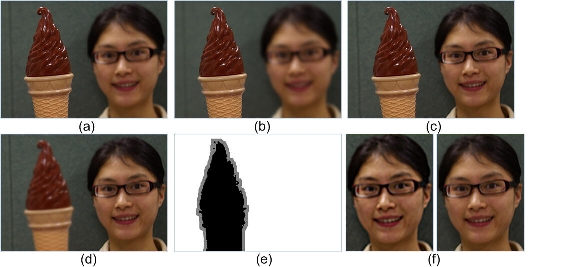
(a)Input narrow aperture image focusing on the foreground object. (b) Synthesized image with shallower DOF. (c) Synthesized all-focused image. (d) Synthesized image focusing on the background. (e) The detected focus mask (white: defocused regions, black: focused regions, gray: focus boundaries). (f) Close-up comparison. Left: lens blur removal using Photoshop. Right: our refocused result.
In this paper, we present a postprocessing method to tackle the single image refocusing and defocusing problem. The proposed method can accomplish the tasks of focus map estimation, image refocusing and defocusing. Given an image with a mixture of focused and defocused objects, we first detect the edges and then estimate the focus map based on the edge blurriness which is depicted explicitly by a parametric model. The image refocusing problem is addressed in a blind deconvolution framework, where the image prior is modeled by using both global and local constraints. Especially, we correct the defocused blurry edges to sharp ones with the aid of the parametric edge model and then render this cue as a novel local prior to ensure the sharpness of the refocused image. Experimental results demonstrate that the proposed method performs well in producing visually plausible images with different focus effects from a single input.
Wei Zhang and Wai-Kuen Cham. Single Image Focus Editing. Proc. IEEE International Conference on Computer Vision workshop on Color and Reflectance in Imaging and Computer Vision (ICCV-CRICV). Kyoto, Japan, Oct. 2009.
Wei Zhang and Wai-Kuen Cham. Single Image Refocusing and Defocusing. IEEE Transactions on Image Processing(T-IP) L.21, NO.2, Feb. 2012
Single Image Focus Editing. Inventors:Wei Zhang and Wai-Kuen Cham. US Provisional Patent Application filed.
#1
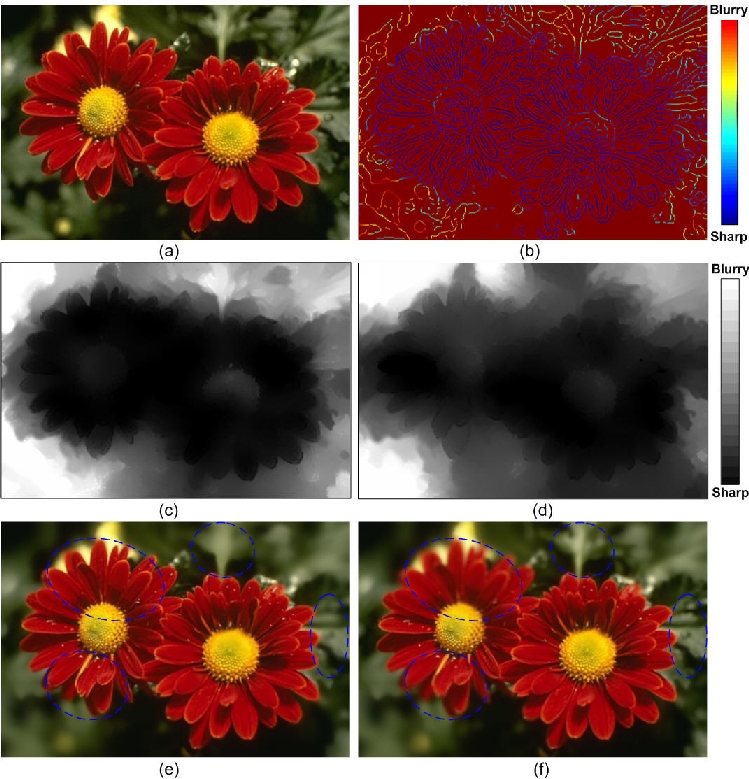
(a) Input image. (b) Results of blurriness measurement on edges. Blurriness increases gradually from blue to red. No edge is detected in the crimson regions. (c) and (d) show the focus map results of ours and [1] respectively. Defocus increases gradually from black to white. Note that focus map here has been normalized for display purpose. (e) and (f) show the defocus magnification results of ours and [1] respectively. The dashed ellipses outline the obvious errors occurred in Bae et al.'s result.
#2
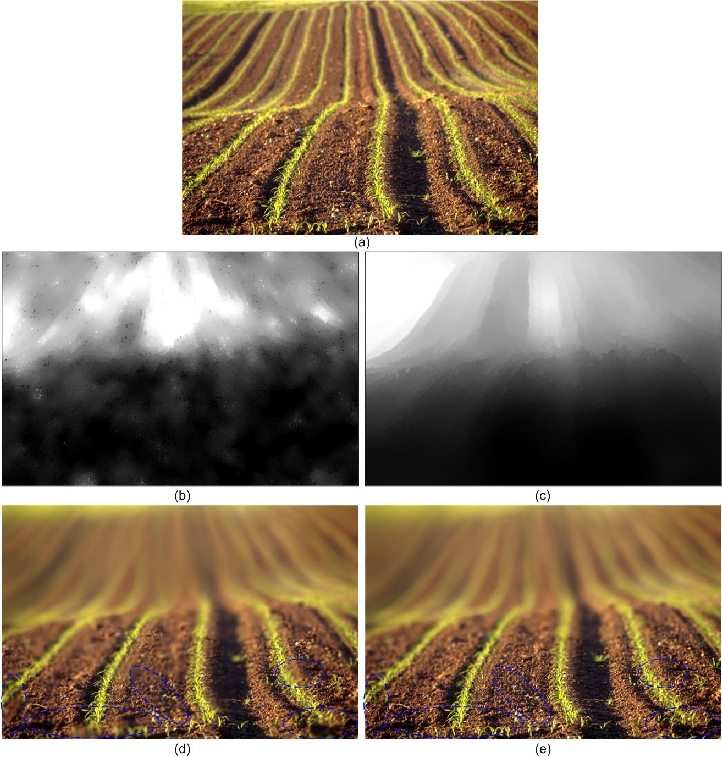
(a) Input narrow aperture image. (b) and (d) are the presented results in [1].(c) and (e) are our results. The dashed ellipses outline the obvious errors occurred in (d).
#3
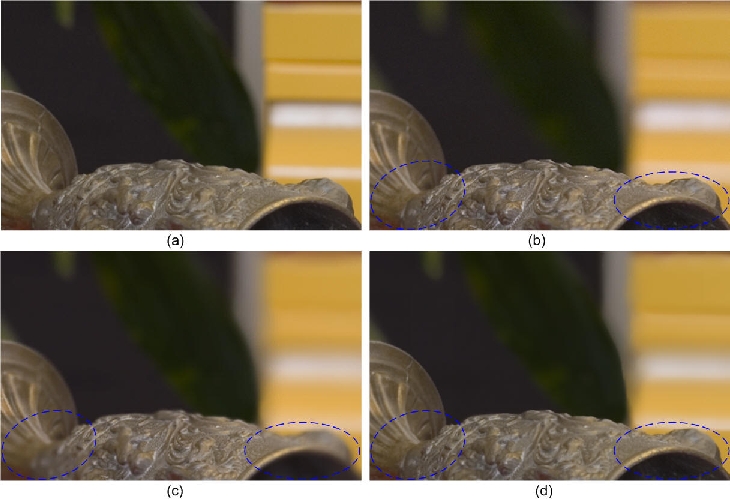
(a) Input narrow aperture (f/8) image. (b) Ground truth image taken with wide aperture (f/4). (c) The presented result in [1]. (d) Our result. The dashed ellipses outline the obvious errors occurred in (c).
#4
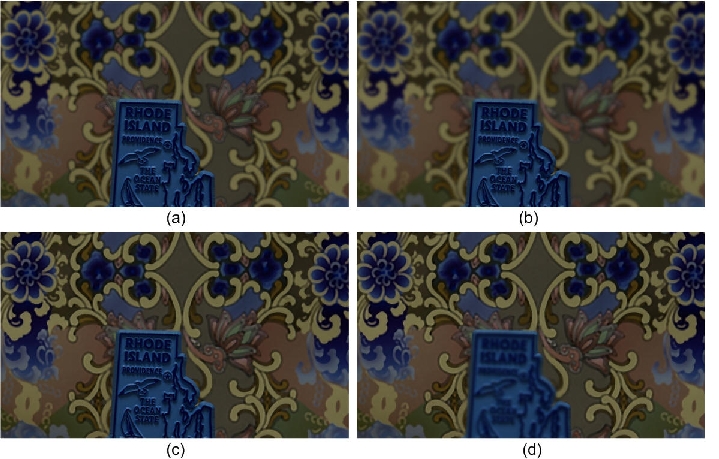
(a) Input image. (b) Synthesized image with shallower DOF. (c) Synthesized all-focused image. (d) Synthesized image focusing on the background.
#5
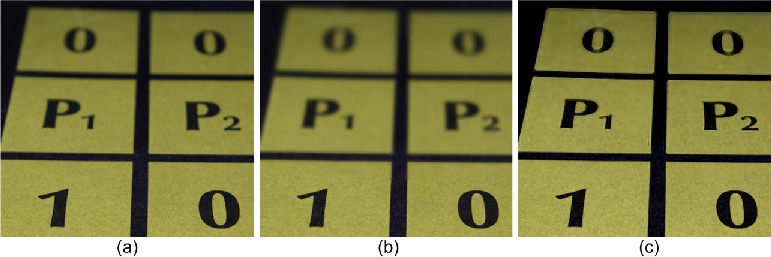
(a) Input image. (b) Synthesized image with shallower DOF. (c) Synthesized all-focused image.
Video:
Note: please use the newest flash player to display.